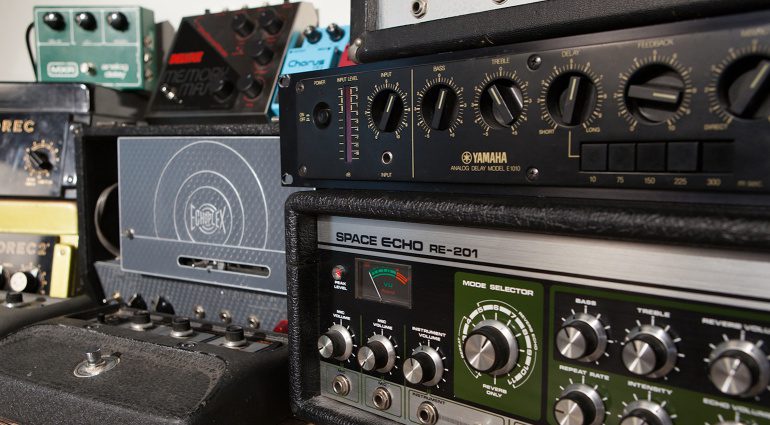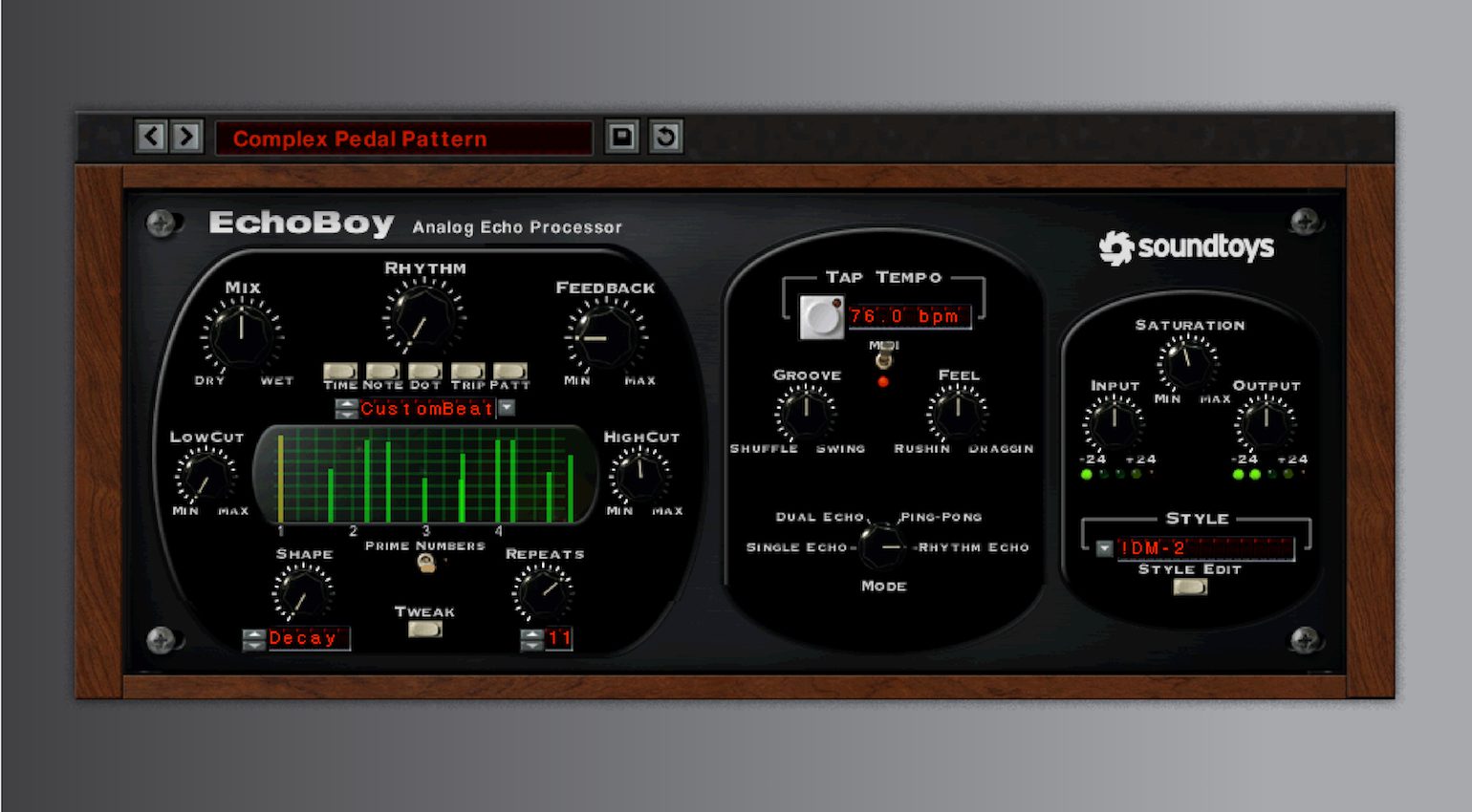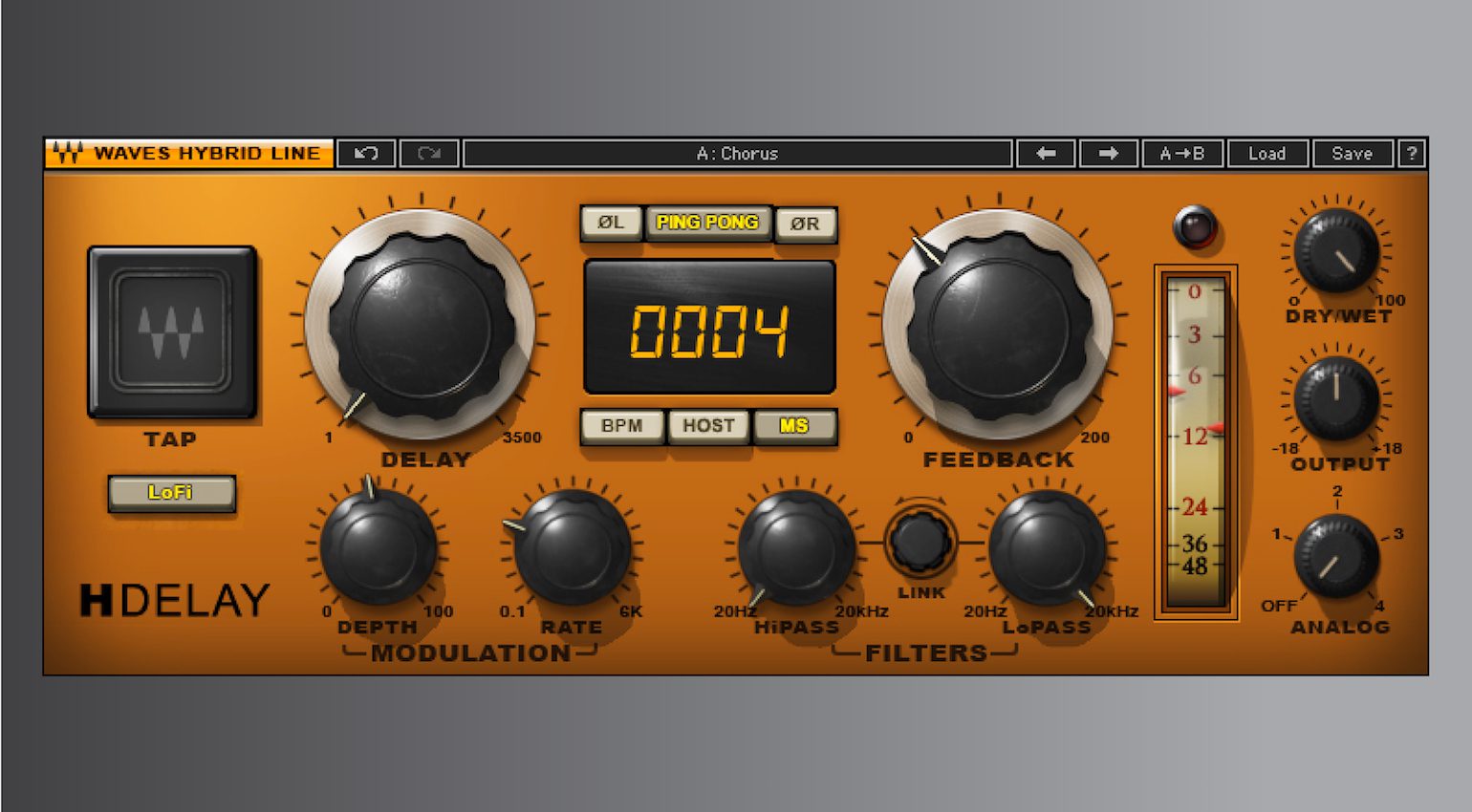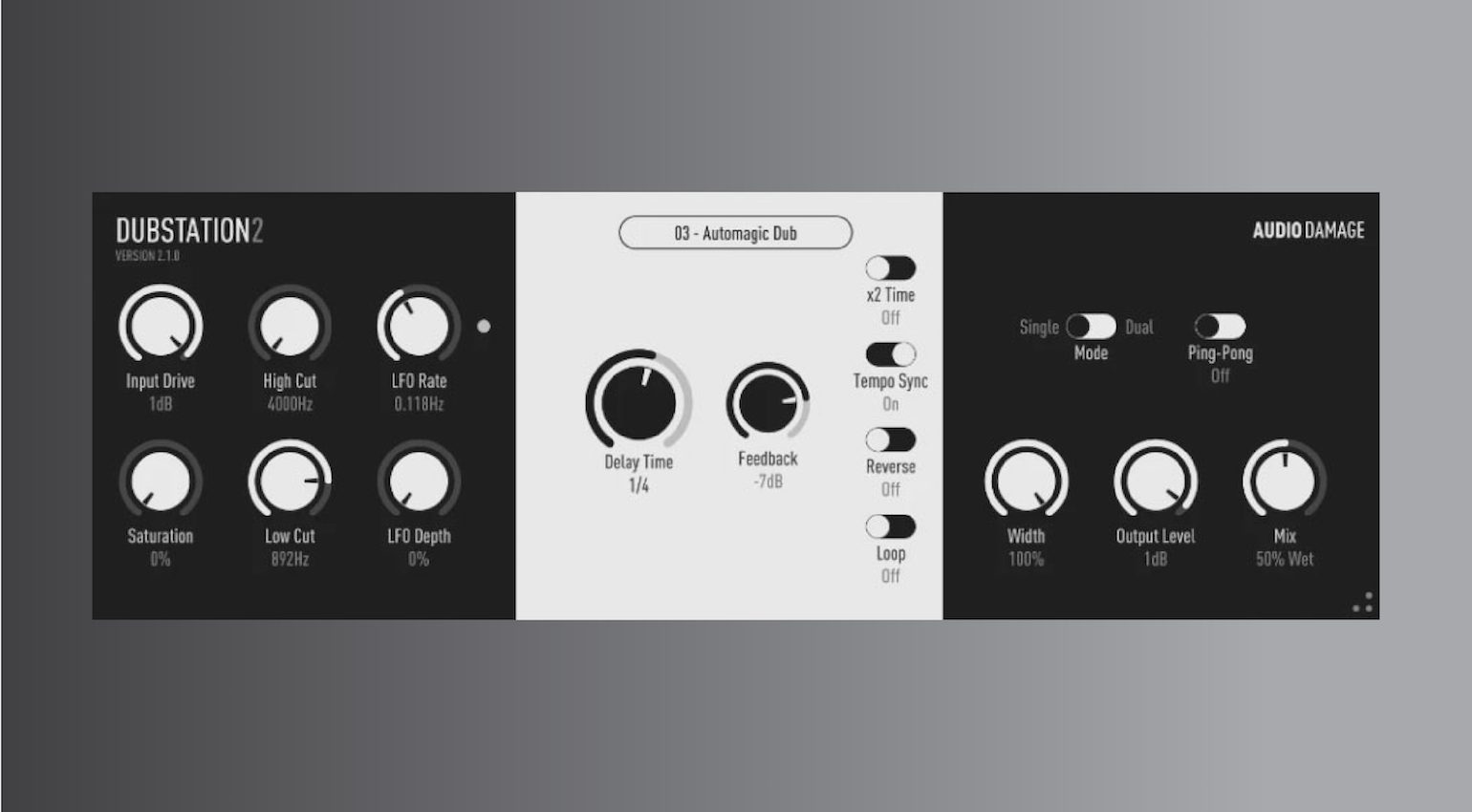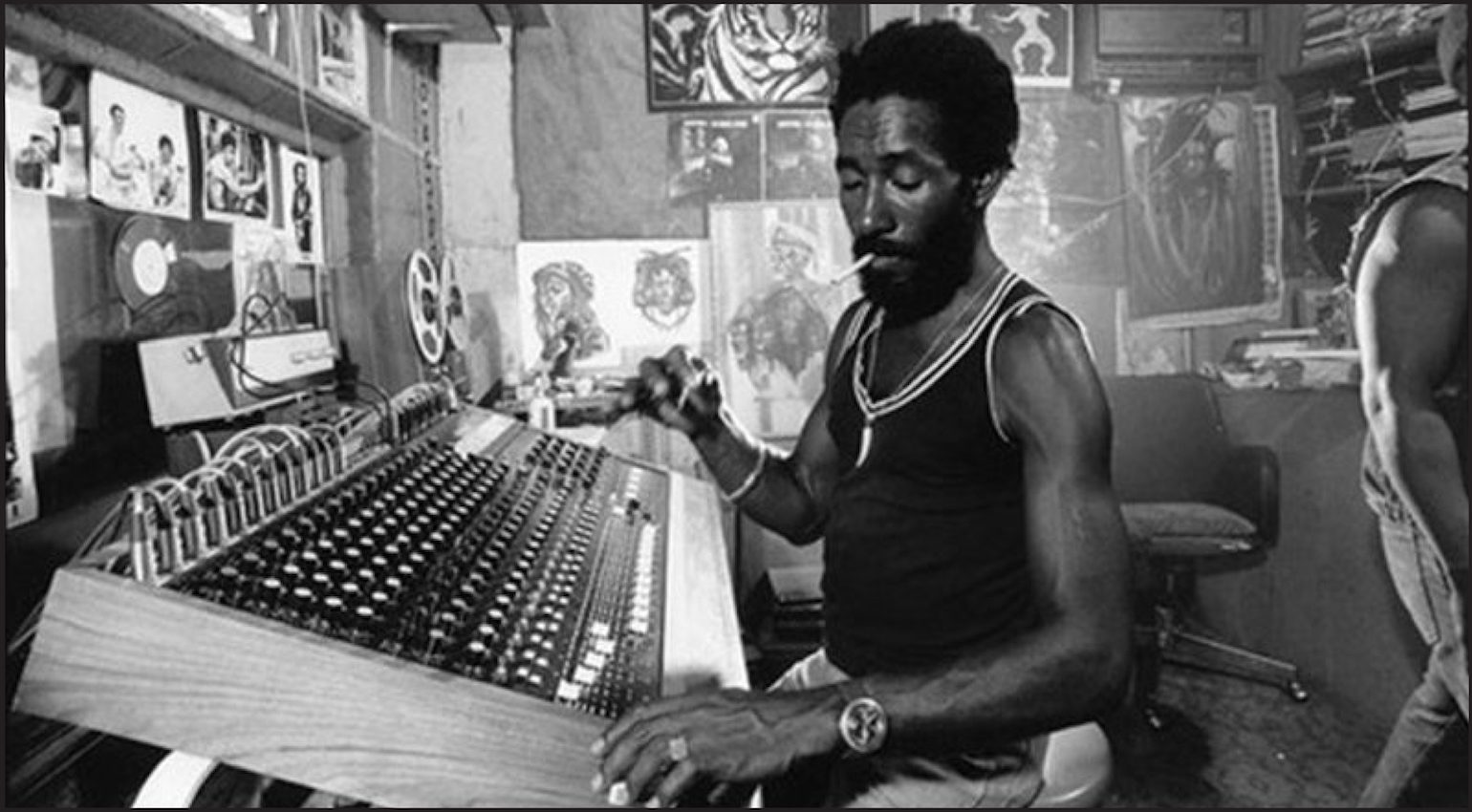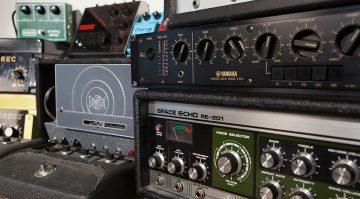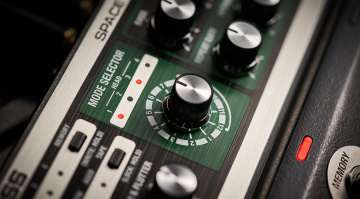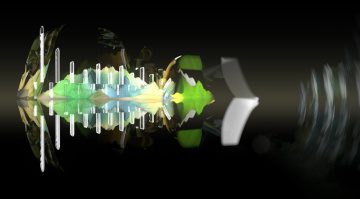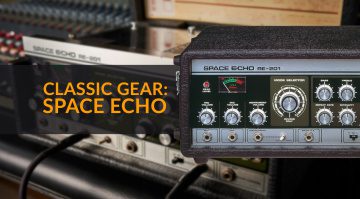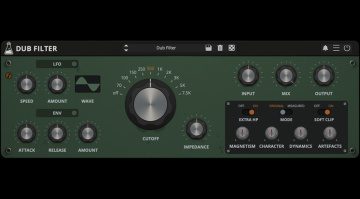How to Use Dub Delay Plugins to Create Authentic Sounds
Creating Dub-style Echo effects in your DAW.
When combined with the right techniques, dub delay plugins can help us to recreate some of the sounds used on our favourite records.
In this Article
About Dub Delay
Dub delay is a style of effect that has evolved throughout its use in modern music. The PA system amplifiers and mic mixers of the 1950s and 1960s began to be designed with onboard echo and reverb effects, so it became a standard for vocals and other instruments in Jamaican reggae, dub, and rocksteady soul recordings.
As dub Soundsystem culture grew, the use of these effects became more widespread. Dub delay has since been produced with analogue and digital delay and echo units, from rack gear to guitar pedals. It has become a signature effect with application in many musical styles and also as a sound design tool.
From the pleasing washed-out ambiance created when combined with tonal instruments like vocals, guitars, and keyboards to surreal-sounding groove-based passages with drum patterns. Creating dub delay using software can be challenging, so we’ll check out some plugins and different approaches.
Which are the Best Dub Delay Plugins?
You can even create decent dub delay effects with your stock DAW delay and echo plug-ins. All it takes is the right EQ settings. However, some delay plug-ins have HP and LP filters, saturation, or overdrive built in. This gives you the tonal control needed to shape the affected sound.
Dub Delay Plugins: Togu Audio Line TAL Dub X
Swiss audio software company, Togu Audio Line creates a range of plugins based on vintage hardware. Although the TAL-Dub-X isn’t an emulation of one delay unit in particular, it provides just the right set of parameters for creating almost any type of delay effect.
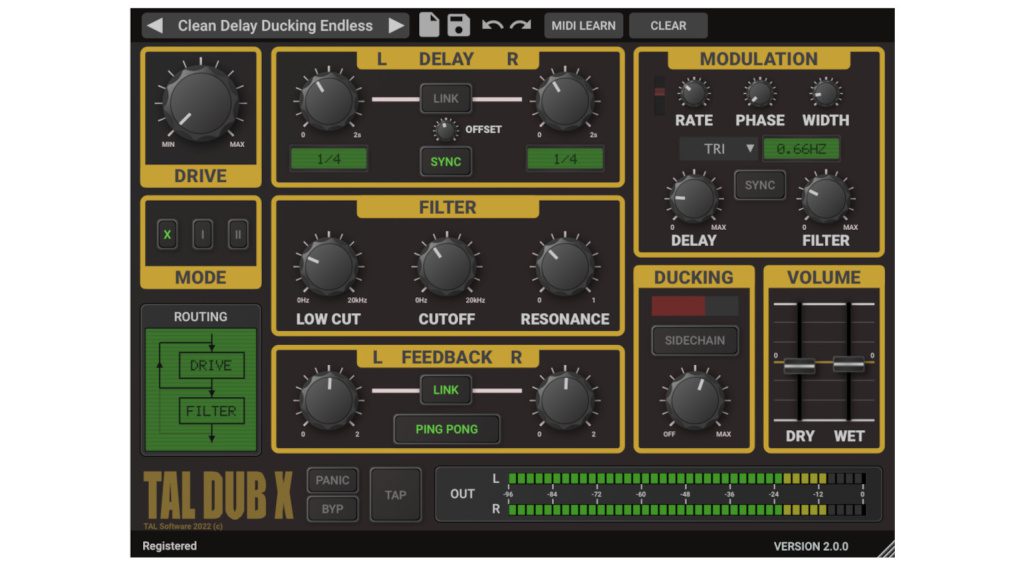
Its simple, modular design has 2 gain stages, with the ability to drive the input level to produce saturation. The 24db/octave LP filter can be set to pre or post-delay, which is useful for tone-shaping.
This is especially handy when working with rhythms, as you can accentuate specific parts of the pattern using the filter and LFO. This makes the TAL-Dub-X one of the most versatile dub delay plugins available.
- More from Togu Audio Line
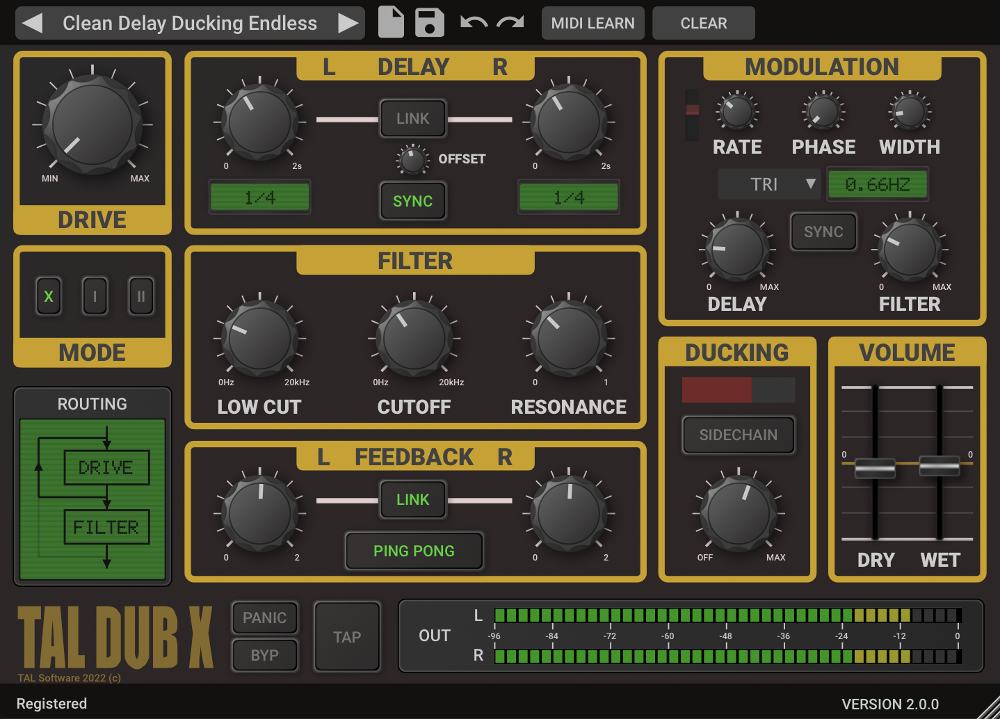
Dub Delay Plugins: Soundtoys EchoBoy
One vintage tape delay plugin to rule them all. Soundtoys are some of the most widely used software plug-ins around, with excellent recreations like the EchoBoy and EchoBoy Jr. With an Ampex-modeled tape sound and a wide range of vintage emulations to choose from, Echoboy offers effortless creative control.
Each section of the plugin is designed for detail and depth, making the range of applications you can find for this delicious delay endless. However, you don’t need a plugin this elaborate simply to create dub delays, so it’s a pity that EchoBoy Jr. isn’t sold separately.
- More from Soundtoys

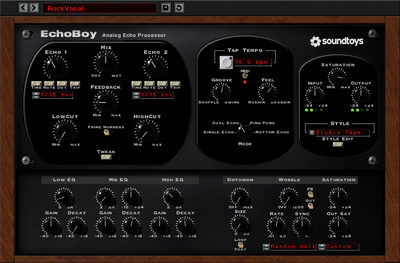
Dub Delay Plugins: Waves H-Delay
Another sworn-by industry tool, the Waves H-Delay is used across many musical styles, especially on vocals. For a software plugin, it sounds incredibly natural and warm, and the selection of parameters allows you to quickly shape the sound to fit your track.
Useful features like the LoFi switch add character and the knob that links the HP and LP filters is wild when combined with automation. All the controls seem to affect the sound in such a musical way so it’s hard to miss when using H-Delay. Watch the feedback control when using it though, as it’s quite a sensitive beast.
- More from Waves

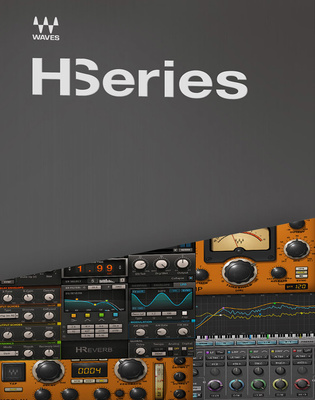
Dub Delay Plugins: AudioDamage Dubstation 2
For years, the Dubstation plugin from AudioDamage has been the go-to echo plugin for electronic music producers and many other music styles too. This simple bucket brigade style delay allows you to recreate classic dub delay effects without too much of a learning curve.
The stripped-down interface makes the user more inclined to dive into automation and sound sculpting, while the loop function is extremely useful for creating rhythms without the feedback going out of control. The less-is-more approach might not be for everyone, but it’s certainly closer to the experience of using hardware delay pedals.
*The legacy version, Dubstation 1.5 is available free
- More from AudioDamage

Dub Delay Plugins: Audiothing Outer Space 2
Although many software emulations of the famous Roland Space Echo exist, the Audiothing Outer Space 2 is one of the better ones. Outer Space brings the spectacular green machine to your DAW with a good deal of additional parameters.
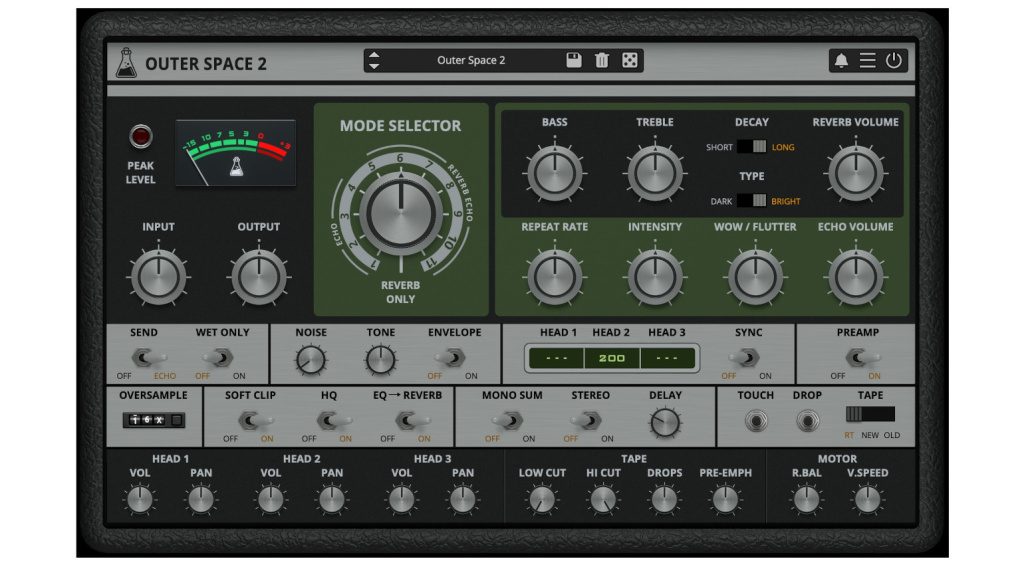
For starters, it gets the basics right and can reproduce the outlandish delay sounds you’d want from a Space Echo unit. The difference is this plugin expands from the niche appeal of the original and becomes a more comprehensive delay tool. Once you understand the interface, you can go beyond the workflow of dub delay plugins and create sounds as you would on any high-end delay.
- More from Audiothing
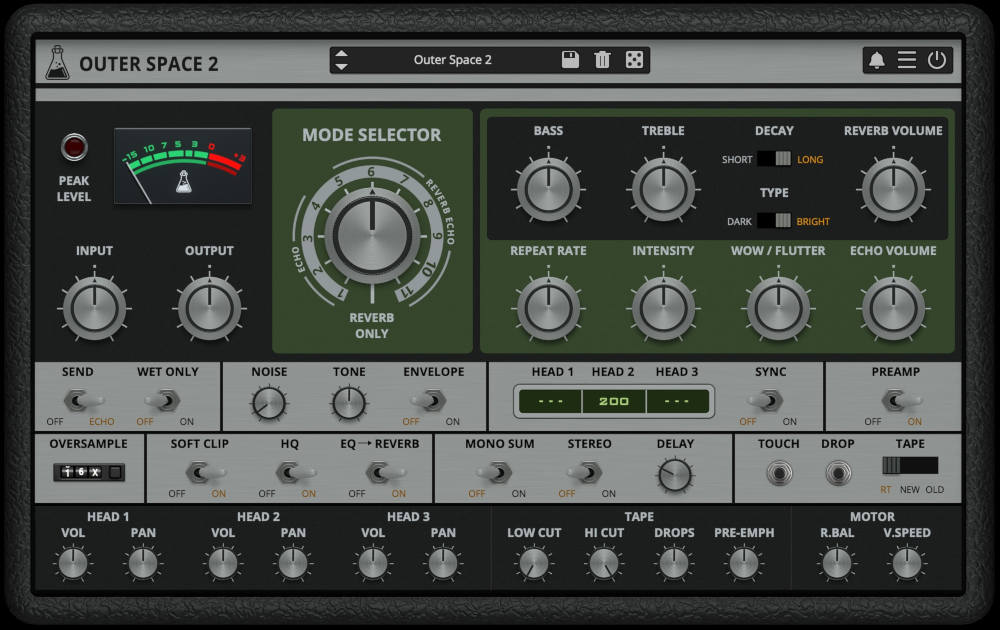
More Dub Delay Plugins worth checking out:
- Valhalla Delay
- Audioease Altiverb
- Alborosie Dub Station
- IK Multimedia T-RackS Space Delay
- FabFilter Timeless 3

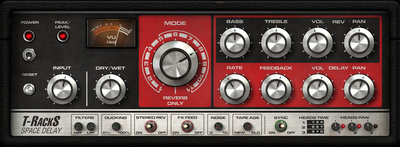
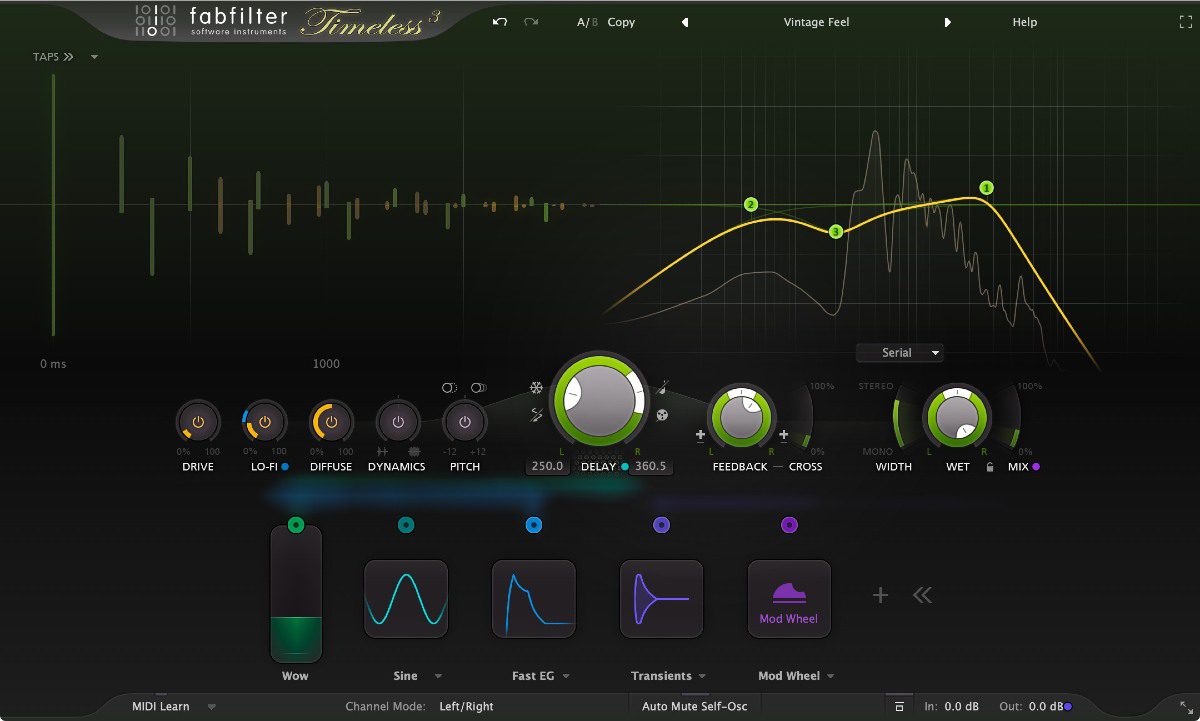
Dub Delay in Modern Music
Although effects such as echo, delay, and spring reverb were used on guitar for decades, it was when these were applied to vocals that dub delay became more stylistically defined. The subtle but highly recognizable vocal echo used on classics by Sister Nancy and Max Romeo has created a timeless organic feel, sampled and recreated on countless subsequent records.
Jamaican Soundsystem culture grew with the likes of King Tubby, Scientist, Mad Professor, and Lee “Scratch” Perry, and many followed this legacy in their production workflow – seeking to use the mixing desk as an instrument. The warehouse movement in Berlin for one, identified closely with this sentiment as artists like Basic Channel began what is known as Dub Techno today.
Dub delay also evolved from being a genre-defining effect into a production tool, like many others. The repetitive mechanical feel creates the illusion of ambiance which has been harnessed by some of our favourite artists and producers, especially in dance music.
In the 90s, dub delay was used extensively in trip-hop music, while electronic pioneers like Kruder & Dorfmeister turned it into an art form that others like Thievery Corporation could follow.
When combined with great songwriting, the dream-like quality works wonders on the rhythm track of LCD Soundsystem‘s Oh Baby, or the intro of Barrel Of A Gun by Depeche Mode and also in a modern pop context.
Producing realistic Dub Delay Effects
Recreating any hardware effect is always a challenge, particularly with something as organic as dub delay. The key is having the right tools for your purpose and developing an understanding of the capabilities and limitations. This could start with the delay plugin native to your DAW and expand as your obsession grows.
- Don’t BPM sync your delay times with your DAW. Instead, try this delay time calculator or simply use your ears.
- Using a controller can help, especially if you don’t have much experience with hardware-driven effects.
- Make sure you load your effect plugin on an aux track. A pre-fader send gives you enough flexibility to find the feedback sweet spot.
- Don’t be afraid to alter the delay time during playback. The slightest touches can give you a more authentic and less clinical feel, while more sudden or drastic changes can produce some otherworldly warped effects.
- If you’re sending the delay into itself be sure to watch your levels and filter out any unwanted frequencies from the signal.
- Experiment with the delay running during playback until you find something worth capturing with automation.
- Think of it as a performance!
MIDI Controllers for Dub Delay Plugins:
- Korg nanoKONTROL 2
- Behringer X-Touch Mini
- Novation Launch Control XL MK2

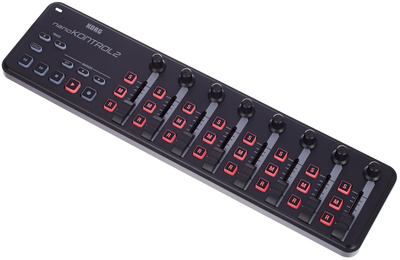

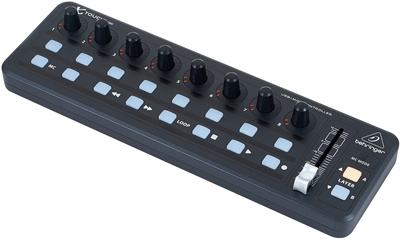

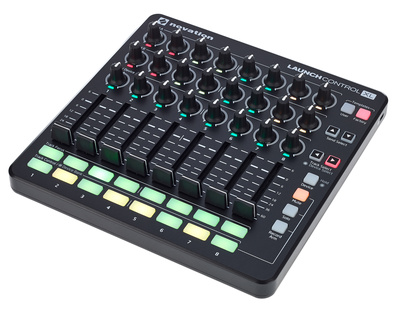
More about Dub Delay Plugins:
- Space Echo Alternatives
- More about effects
- Everything vintage
- Ableton’s Studio As An Instrument
Videos:
*Note: This article about dub delay plugins contains affiliate links that help us fund our site. Don’t worry: the price for you always stays the same! If you buy something through these links, we will receive a small commission. Thank you for your support!

 4,9 / 5,0 |
4,9 / 5,0 | 